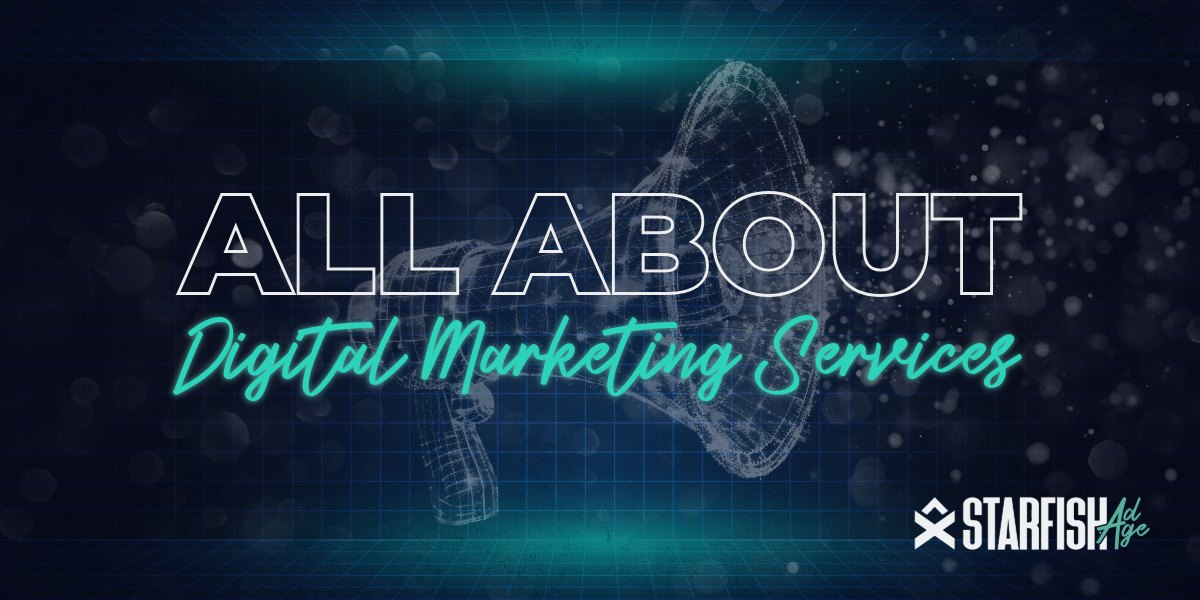
What Are The Different Digital Marketing Services?
Learn about SEO, PPC, social media marketing, content marketing, and more to drive traffic and conversions. Read now!
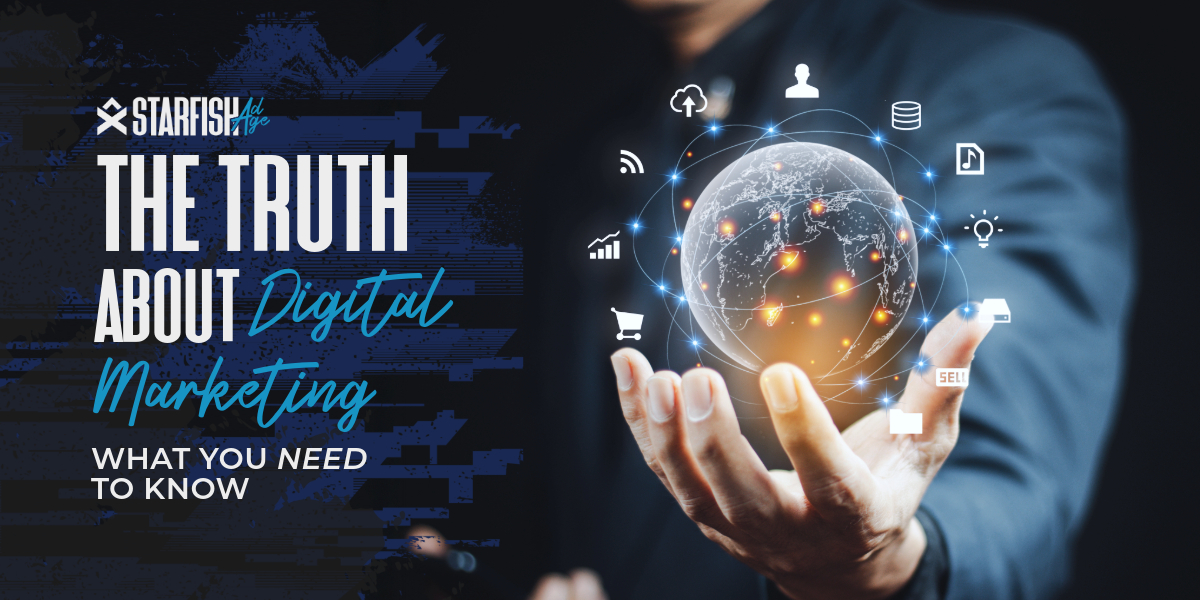
Alright, let’s get into it. You’ve probably heard a million times that digital marketing is the holy grail of modern business growth. But is it? The short answer is: hell yes. Digital marketing isn’t just a buzzword—it’s a powerhouse that can drive your business forward in ways traditional marketing methods just can’t match. The point is getting your message in front of the right people at the right time and in the right place.
Think about it. With digital marketing, you’re not just throwing your ad out there and hoping someone sees it. You’re targeting specific groups, tracking their engagement, and tweaking your strategy based on real-time data. It’s precise, it’s powerful, and it’s damn effective. Whether you’re a small business or a big brand, digital marketing gives you the tools to compete on a level playing field and connect with your audience in a more personal and impactful way.
Digital marketing matters because it meets your audience where they are—online. People are glued to their screens, whether it’s scrolling through social media, searching on Google, or checking their email. That’s where you need to be. Digital marketing allows you to tap into this constant online activity, ensuring your brand stays visible and relevant.
Digital marketing lets you target your ideal customers with precision. You can tailor your ads based on demographics, interests, behaviors, etc. This means your marketing dollars are spent more efficiently, reaching those most likely to be interested in your offering.
Digital marketing didn’t just appear out of thin air. It evolved from the traditional marketing methods we’ve known for decades. It all started with the simple idea of connecting businesses with consumers. As technology advanced, so did the ways we communicated. The internet revolutionized everything, giving rise to new platforms and tools that businesses could use to reach their audiences.
The birth of social media platforms like Facebook and Twitter changed the game entirely for digital marketing channels, allowing businesses to engage with customers directly and build communities around their brands. Search engines like Google opened up a whole new world of possibilities with search engine marketing, enabling businesses to appear in search results just when potential customers were looking for their products or services. This evolution has made digital marketing a dynamic and essential part of any modern marketing strategy.

Digital advertising has come a long way from its humble beginnings. It all started in the early 1990s with the first clickable ad banner, which was a huge deal at the time. AT&T launched this simple banner ad, which began a new chapter of online marketing. Suddenly, businesses could reach a global audience with a click, paving the way for the explosion of online advertising we see today.
As the internet grew, so did the possibilities for digital ads. The early 2000s saw the rise of display ads and the introduction of pay-per-click (PPC) models, which allowed advertisers to pay only when someone clicked on their ad. This was a game-changer, making digital advertising more measurable and cost-effective than ever before. Over the years, digital ads have evolved to include a variety of formats, from text and video ads to native advertising and beyond, making them a versatile and powerful tool for marketers.
Social media marketing really took off with the rise of platforms like Facebook and MySpace in the early 2000s. These platforms revolutionized the way businesses connect with their audiences, offering unprecedented access to consumer data and direct communication channels. Suddenly, brands could create communities, engage in two-way conversations, and build relationships with their customers like never before.
As more platforms emerged—Instagram, Twitter, LinkedIn, and later TikTok—social media marketing became even more dynamic and essential. Each social media platform has its own unique features and audience, allowing businesses to tailor their strategies accordingly. Whether it’s through eye-catching Instagram ads, engaging tweets, or informative LinkedIn posts, social media marketing has proven to be a powerful tool for driving brand awareness, customer engagement, and sales.
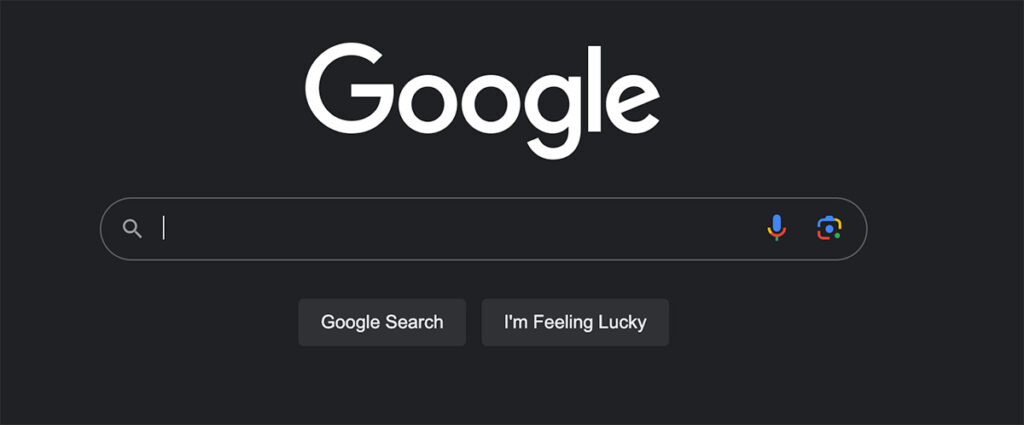
Search engine marketing (SEM) has become a cornerstone of digital advertising, thanks to the dominance of search engines like Google. Beginning with the introduction of Google AdWords (now Google Ads) in the early 2000s, businesses were able to bid on keywords and have their ads appear on search engine results pages (SERPs). This was a revolutionary way to reach potential customers at the exact moment they were searching for related products or services.
The effectiveness of SEM lies in its precision and immediacy. By targeting specific keywords, businesses can attract highly relevant traffic to their websites, increasing the chances of conversion. Over the years, SEM has evolved to include a variety of ad formats, such as text ads, shopping ads, and display ads, each designed to capture attention and drive action. Today, SEM is a critical component of any comprehensive digital marketing strategy, helping businesses of all sizes to compete and thrive online.
Unlike traditional marketing, digital marketing gives you the tools to reach your audience exactly where they spend most of their time—online. Whether it’s on their phones, tablets, or computers, your potential customers are always just a click away. This immediacy and accessibility are what make digital marketing so damn special.
But it’s not just about reach. Digital marketing allows you to engage with your audience in real time, creating interactive experiences that traditional media just can’t match. From live chats and social media interactions to personalized email campaigns, digital marketing enables a level of engagement that feels personal and direct.
One of the coolest things about digital marketing is its ability to reach people wherever they are, even if they’re lounging in their pajamas. Forget the old-school methods of hoping someone drives past your billboard or flips to your page in a magazine. With digital marketing, your message can pop up on someone’s phone while they’re scrolling through Instagram, checking their email, or Googling for solutions to their latest problem. It’s marketing that fits into their everyday lives seamlessly and effortlessly.
Imagine your business showing up in front of your ideal customer just as they’re sipping their morning coffee and scrolling through Facebook, or right when they’re researching the best local pizza joint for dinner. Digital marketing makes this possible, allowing you to be present at the exact moment your target audience is looking for what you offer. It’s marketing that meets people where they are, making it more likely they’ll pay attention and take action.
One of the most badass aspects of digital marketing is the ability to track every single detail. Seriously, everything. Want to know how many people saw your ad, clicked on it, or even what time of day they engaged the most? You got it. This kind of detailed tracking is a marketer’s dream, allowing you to see exactly what’s working and what’s not.
With tools like Google Analytics, Facebook Insights, and a slew of other analytics platforms, you can have an in-depth examination of the performance of your campaigns. You can see where your traffic is coming from, which keywords are driving the most clicks, and even which social media posts are generating the most buzz. This data is gold, giving you the insights needed to tweak and optimize your campaigns for maximum impact.

Digital marketing is versatile enough to fit any budget. If you’re a small business, you don’t need to break the bank to make an impact. Platforms like Facebook and Google Ads offer flexible budgeting options, allowing you to spend as much or as little as you want while still reaching a targeted audience.
On the flip side, if you have a bigger budget, the sky’s the limit for digital marketers. You can invest in comprehensive campaigns that span multiple platforms, from high-impact video ads on YouTube to extensive search engine marketing efforts. The beauty of digital marketing is that it scales with your budget, giving you the freedom to adjust your spending based on what’s working best for your business. It’s marketing on your terms, no matter how deep your pockets are.
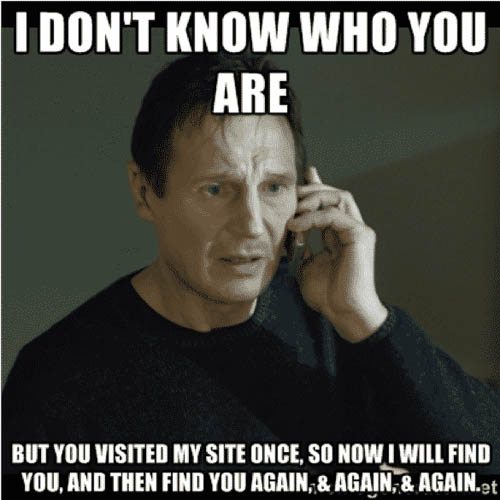
Digital marketing lets you target your audience with pinpoint precision. Forget the days of casting a wide net and hoping for the best. With advanced targeting options, you can zero in on the exact demographics, interests, and behaviors that align with your ideal customer.
You can use tools like Facebook’s detailed targeting options or Google’s keyword targeting to ensure your ads are seen by the people who are most likely to convert. Whether you’re looking to reach young professionals in a specific city, parents of toddlers, or hardcore fitness enthusiasts, digital marketing lets you customize your audience to the nth degree. This level of targeting ensures your ad spend is used efficiently, maximizing your return on investment and making your campaigns more effective.
Digital marketing isn’t a one-size-fits-all deal; it’s a buffet of options, each with individual flavor and appeal. From social media ads to search engine marketing, there’s a strategy out there that’s perfect for your business. The beauty of a digital marketing campaign is its versatility—you can mix and match different types to create a campaign that’s uniquely yours.
Whether you’re looking for numerous digital tactics to boost brand awareness, drive traffic to your website, or increase sales, understanding the various types of digital marketing is vital. Let’s break down some of the most effective options and see how they can work for you.
Social media ads are where marketing truly meets the community. These ads are designed to blend seamlessly into the social feeds of users, making them feel more like a part of the conversation than a sales pitch. Whether it’s a sponsored post on Facebook, a shoppable ad on Instagram, or a catchy video on TikTok, social media ads are all about engaging with your audience where they spend their time.
The real magic of social media ads lies in their ability to foster genuine connections. People go on social media to connect with friends, follow their favorite brands, and discover new things. By creating ads that resonate with these behaviors, you’re not just promoting a product—you’re building a relationship.

When it comes to social media ads, Facebook, Instagram, and TikTok are the heavy hitters. Facebook, a Meta platform, is the granddaddy of social media platforms, offering robust targeting options and a huge user base. Whether you’re targeting boomers or Gen Z, Facebook’s got you covered with its detailed demographic and interest-based targeting. Plus, with Facebook’s ad manager, you can easily track the performance of your ads and tweak them for better results.
Instagram, owned by Meta, is perfect for visually-driven brands. Its ad formats, like Stories and carousel ads, allow you to showcase your products in a visually appealing way. Instagram’s shopping features also make it easy for users to go from ad to checkout in just a few clicks. Then there’s TikTok, which has quickly become a favorite for its short, engaging videos. TikTok ads are great for brands looking to connect with a younger audience through creative, fun content that encourages interaction and virality.
LinkedIn is the go-to platform for B2B marketing. It’s where professionals network, share industry insights, and look for business solutions. LinkedIn ads are tailored for this audience, allowing you to target users based on their job title, industry, company size, and more. This makes it an ideal platform for reaching decision-makers and professionals who are likely interested in your B2B offerings.
The beauty of LinkedIn ads is their ability to drive high-quality leads. Whether you’re promoting a whitepaper, webinar, or service, LinkedIn’s precise targeting ensures your message reaches the right people. Plus, with features like Sponsored InMail, you can send personalized messages directly to users’ inboxes, making your outreach feel more direct and less like a generic ad.
Search Engine Marketing (SEM) is where your dollars meet Google’s (or YouTube’s) ad space, and it’s a surefire way to put your business right in front of people actively looking for what you offer. SEM covers all paid efforts to boost your search engine visibility, primarily through pay-per-click (PPC) advertising. When you’ve got someone Googling “best running shoes” and your ad pops up at the top of the page, you’re not just seen—you’re trusted.
SEM is great for its immediacy. Unlike organic SEO (which is a long game), paid search ads can be up and running fast, delivering a steady stream of visitors. The trick is balancing your bids, keywords, and ad copy to get the best bang for your buck. A well-oiled SEM strategy puts you ahead of your competition, capturing valuable leads ready to convert. It’s not just about getting clicks; it’s about getting clicks that matter.
Pay-Per-Click (PPC) is exactly what it sounds like—you pay every time someone clicks on your ad. It works like digital real estate bidding, where businesses jockey for prime positions on search engine results pages (SERPs). The cost depends on the competitiveness of your chosen keywords and your overall budget. While it might seem like a bit of a gamble, when done right, PPC can deliver a massive return on investment.
Think of it as controlled chaos: You decide how much you’re willing to spend, and then Google’s algorithm matches your ad to searches based on your criteria. The challenge is creating ads that stand out and entice the right clicks without burning through your budget.
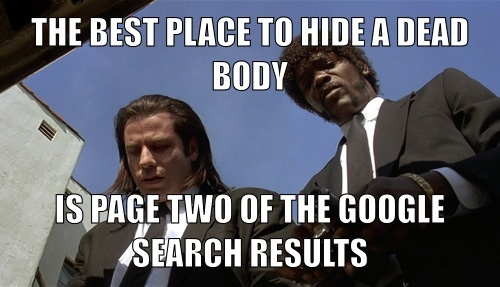
SEO is the art of making search engines love your content so much that they can’t help but push you to the top of the results. It’s not just about stuffing keywords into your copy (hint: don’t do that). You need to focus on building quality content that answers real questions and meets genuine needs. Google’s algorithm is one smart cookie, constantly refining itself to deliver the most relevant results. Your job? Outshine your competitors with kickass content and clean website architecture.
You’ll need to optimize for keywords that reflect what your audience is searching for, craft engaging meta descriptions, and use internal linking to help visitors navigate your site seamlessly. It’s a long-term play, but when you crack it, organic search traffic becomes your brand’s best friend. SEO isn’t just for the tech geeks; it’s for anyone ready to play the long game for sustainable, free traffic that keeps on giving.
Message marketing, through email and text messages, is your ticket to direct communication with your audience. It’s personal, immediate, and, when done right, incredibly effective. Forget about those spammy, one-size-fits-all emails that clog up inboxes. We mean tailored, value-packed messages that your subscribers actually want to open.
Think of it as having a conversation with your customers. Whether you’re sending out newsletters, product updates, or exclusive offers, message marketing keeps your business and brand awareness top of mind. It should be about high-quality content over sales pitches. And the best part? You’re speaking to an audience that’s already shown interest in your business by subscribing. That’s a warm lead right there, ready to be engaged and converted.
Building a good email and phone number list is where it all starts. You need people who want to hear from you, not just randos who’ll hit delete without a second thought. Focus on relevant content over quantity. Gather emails and phone numbers through sign-up forms on your website, offer valuable freebies like e-books or discounts, and always get explicit consent. You don’t want to end up in the dreaded spam folder.
Nurture these subscribers—give them what they need, when they need it, and watch your engagement rates soar. Keep it clean by regularly scrubbing out inactive subscribers, ensuring that your list remains fresh and your open rates are high. A well-maintained list is the foundation of a killer email marketing strategy.

Using hooks is the first step in message marketing that converts. Think bold, intriguing, and straight to the point. Once they’re hooked, your content needs to deliver value, whether it’s through informative and relevant content, exclusive offers, or engaging stories. Keep it snappy, and make sure there’s a clear call to action.
Personalization is key. Use your subscriber’s name, reference their past purchases or interests, and make them feel like you’re speaking directly to them. Visuals can also make a huge impact—use images, GIFs, or even short videos to break up the text and keep things interesting. And don’t forget mobile optimization. A lot of people check their emails on their phones, so make sure your emails look just as good on a small screen as they do on a desktop.
Automation is important across many other online marketing channels and is incredibly relevant to message marketing. Set it up once, and it’ll keep delivering your messages without you lifting a finger. It can include anything from a welcome series for new subscribers, cart abandonment reminders, to regular follow-ups. Automation ensures that your audience gets the right message at the right time.
The beauty of automation is its efficiency. You can segment your list and tailor automated emails to specific groups, making your marketing more relevant and effective. Creating a seamless, consistent experience for your subscribers and guiding them through the customer journey without constant manual effort. Set it up, tweak it as needed, and watch your engagement and conversions climb.
Content marketing is the bread and butter of digital engagement. Content marketing rests on creating valuable, relevant content that attracts and retains your audience. Using informative blog posts, engaging videos, or detailed white papers, you deliver value through content marketing. It’s your chance to educate, entertain, and inspire your audience, making them more likely to stick around and see what else you have to offer. Good content builds relationships, improves your brand’s credibility, and can even improve your SEO, bringing more organic traffic to your site.
Blogs, videos, and white papers are your content marketing trifecta. Blogs are great for SEO and establishing your voice. They’re the perfect place to share insights, tips, and updates in a friendly, conversational tone. Plus, they’re fantastic for driving traffic to your site and keeping your audience engaged.
Videos take it up a notch by adding a visual and auditory element to your content. Whether it’s a how-to tutorial, a product demo, or a behind-the-scenes look at your company, videos can capture attention and convey information quickly and effectively. White papers, on the other hand, are your deep-dive documents. They’re perfect for showcasing your expertise on a particular topic and providing detailed, well-researched information that positions you as a thought leader in your industry.
Pillar content is the cornerstone of your content marketing strategy. These are the big, meaty pieces of content that cover a broad topic in depth. Creating pillar content involves a bit of heavy lifting, but it’s worth it. These comprehensive guides (without calling them that!) serve as reference points for your audience, attracting backlinks and boosting your SEO. They also make it easier to create related content, like blog posts and videos, by breaking down the pillar topic into smaller, more digestible pieces. It’s all about creating a content ecosystem that keeps your audience engaged and coming back for more.
Interactive content is where you get to have some fun and engage your audience. This includes quizzes, polls, surveys, calculators, and interactive infographics. The goal is to get your audience to interact with your content, making the experience more engaging and memorable. It’s like having a conversation rather than a monologue, turning passive readers into active participants.
Interactive content is not just entertaining—it’s incredibly effective for generating leads and gathering valuable data about your audience. By getting users to click, answer, or explore, you’re not only keeping them engaged longer but also learning more about their preferences and behaviors. This information can be gold for tailoring your marketing strategies and making your content even more relevant and appealing. So, don’t just tell them—get them involved and watch your engagement rates soar.
Digital marketing is a strategic game that requires clear goals, targeted efforts, and constant tweaking. If you want to make the most of your digital marketing efforts, you’ve got to be smart about where you’re putting your time and money. You need to understand what you want to achieve and have a plan to get there.

Before you dive into any marketing campaign, you need to set clear goals to give you direction and a way to measure success. Are you looking to increase website traffic, boost sales, or grow your social media following? Whatever it is, be specific and set measurable targets.
Clear goals help you stay focused and ensure all your digital marketing methods and efforts are aligned. Without clear goals, you’re just shooting in the dark, wasting time and money on tactics that might not get you where you want to go.
Building brand awareness means showing up consistently where your audience hangs out, whether that’s on social media, in search results, or through email campaigns. The more people see your brand, the more familiar they become with it, which can lead to trust and, eventually, loyalty.
To build brand awareness, focus on creating high-quality, shareable content that showcases your brand’s personality and values. Engage with your audience through comments, shares, and likes, and don’t be afraid to show a bit of your brand’s human side. The goal is to make your brand a familiar and trusted presence in your audience’s daily online interactions.
Generating leads means creating irresistible offers like free ebooks, webinars, or discounts in exchange for their email address or phone number. Provide value upfront to build a relationship and encourage new customers to take the next step.
To generate leads like a boss, make sure your landing pages are optimized and your call-to-action (CTA) is clear and compelling. Use lead magnets that genuinely solve a problem or meet a need for your audience. Don’t forget to follow up with a solid email marketing strategy to keep those leads engaged and moving down your sales funnel.

At the end of the day, all your digital marketing efforts should be driving sales and boosting your revenue. This means converting those hard-earned leads into paying customers. To do this effectively, you need a seamless customer journey that makes it easy for people to buy from you, whether it’s through an e-commerce site, a landing page, or a direct sales campaign.
You can’t improve what you don’t measure, so analyzing the numbers is an important part of any digital marketing strategy. This means diving into your data to see what’s working, what’s not, and where you can make improvements. It’s about understanding your metrics and using them to drive smarter decisions and better results.
Choose Key Performance Indicators (KPIs) that give you actionable insights, helping you to understand what’s driving results and where you need to pivot. For example, if your goal is to increase sales, track metrics like sales growth, conversion rates, and average order value. These indicators provide a tangible measure of your success and guide your strategic adjustments.
Optimization is how you tweak and improve your campaigns. It’s not a set-it-and-forget-it approach; it’s a continuous process of refinement to get better results. Look at your KPIs, see what’s working, and do more of that. Identify what’s not working, figure out why, and adjust accordingly.
Use A/B testing to compare different elements of your campaigns, like headlines, images, or CTAs, to see which performs better. Regularly review your analytics to spot trends and make data-driven decisions. By continually optimizing your digital marketing strategies based on real data, you’ll improve your efficiency, increase your ROI, and get the most out of your digital marketing efforts.
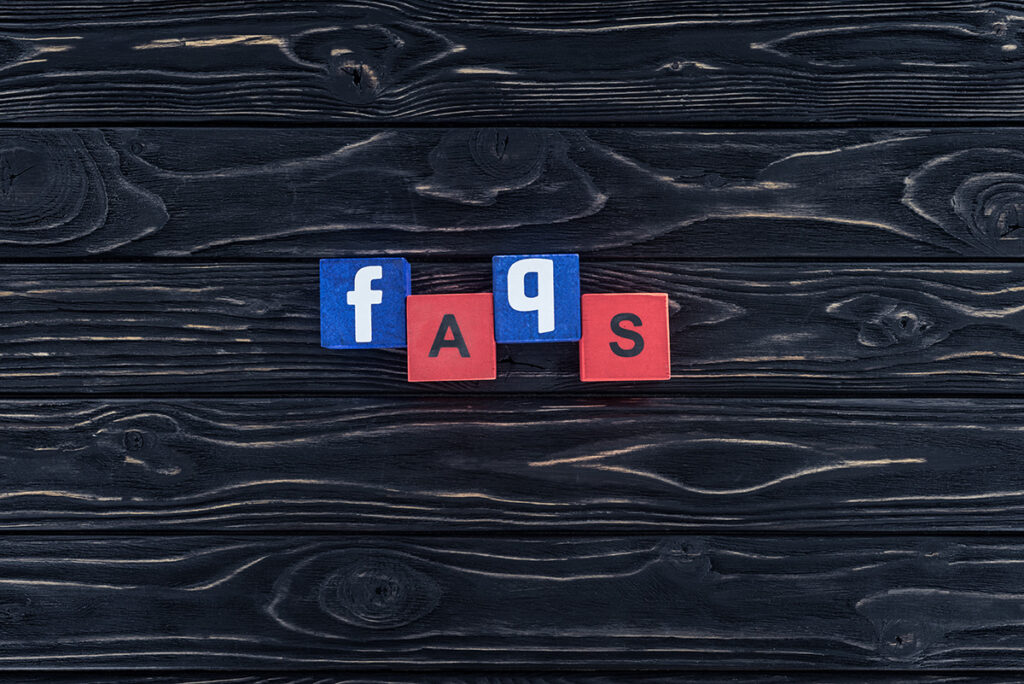
Digital marketing lets you reach people where they’re already spending time—on the internet. Unlike traditional marketing, digital marketing provides real-time data and allows you to precisely target specific audiences based on demographics, interests, and behavior. This makes your campaigns more efficient and measurable.
Your marketing budget will depend on your goals, industry, and the type of campaigns you’re running. Start with a reasonable budget and adjust as you see what’s working. Digital marketing is flexible, so you can always scale up when you find a successful strategy, whether you’re investing in social media ads, search engine marketing, or email campaigns.
Digital marketing helps you generate leads by offering valuable content and solutions to your audience. With tools like PPC ads, SEO, social media marketing, and email campaigns, you can attract potential customers, build trust, and convert them into leads through tailored landing pages and irresistible CTAs.
Focus on KPIs that align with your goals, such as website traffic, conversion rates, cost per acquisition, customer lifetime value, and return on ad spend. Tracking these metrics will show you what’s working and guide your strategy adjustments for better results.
The timeline varies depending on your goals and tactics. PPC and social media ads can yield quicker results, sometimes within days or weeks. Strategies like SEO and content marketing can take longer, often several months, but offer long-term benefits like consistent organic traffic. Be patient and consistent in your digital strategy efforts.
The Verdict: If You Aren’t Using Digital Marketing, You’re Missing Out: Contact Starfish Ad Age Today To Get Started.

Learn about SEO, PPC, social media marketing, content marketing, and more to drive traffic and conversions. Read now!
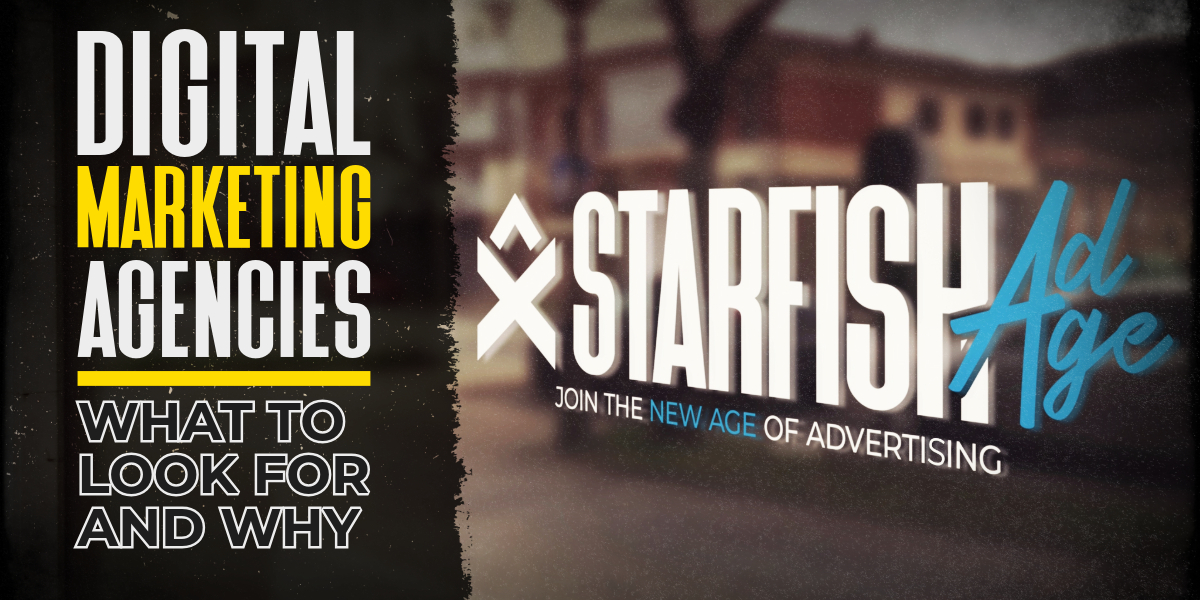
Learn how to select the best digital marketing agency for your small business, the benefits of hiring an agency, and tips for maximizing your online presence.
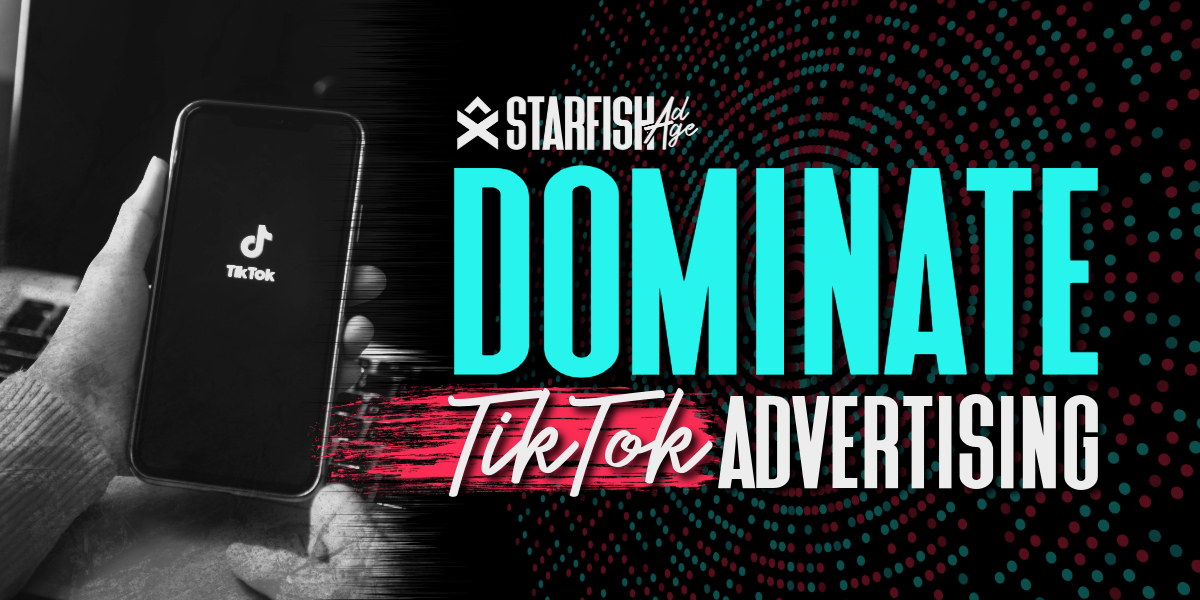
Learn how to leverage TikTok advertising, ad formats, targeting options, and best practices to increase brand awareness, and drive sales.
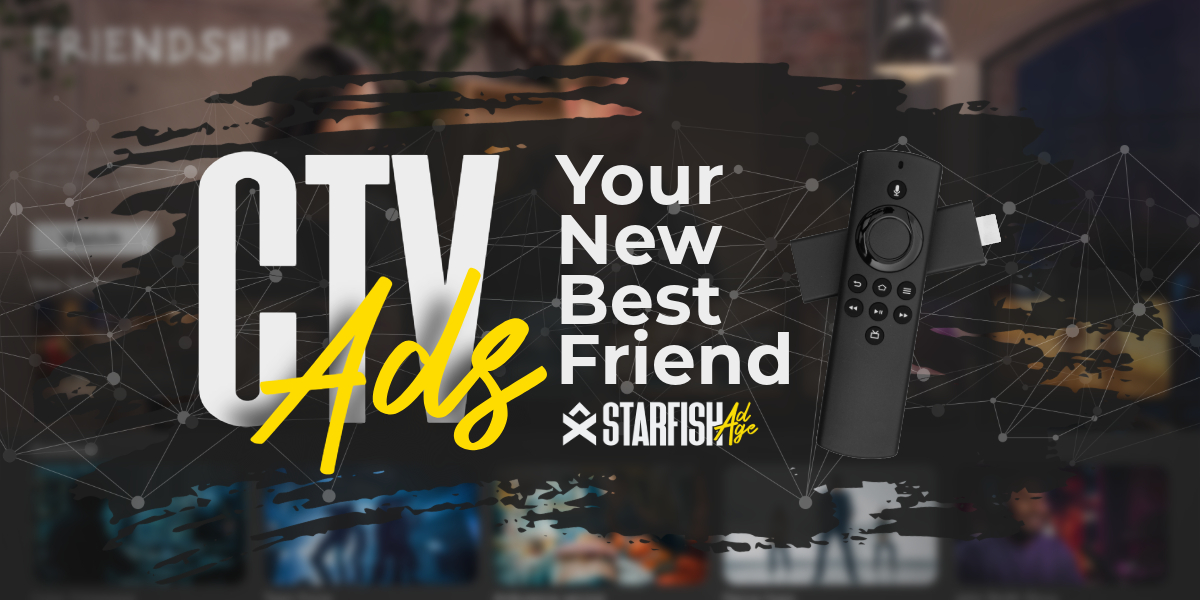
Learn about Connected TV (CTV) ads, their benefits, and how they work. Understand programmatic CTV advertising for effective digital marketing campaigns.
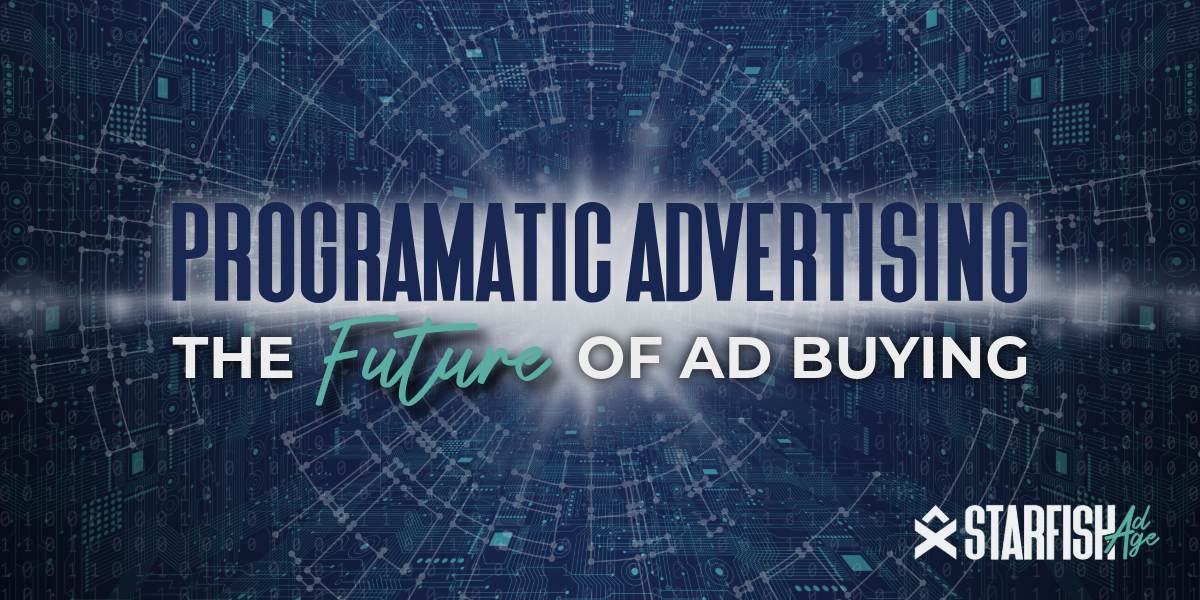
Discover the benefits of programmatic advertising, an automated method of buying digital ad space that enhances targeting, efficiency, and campaign performance.
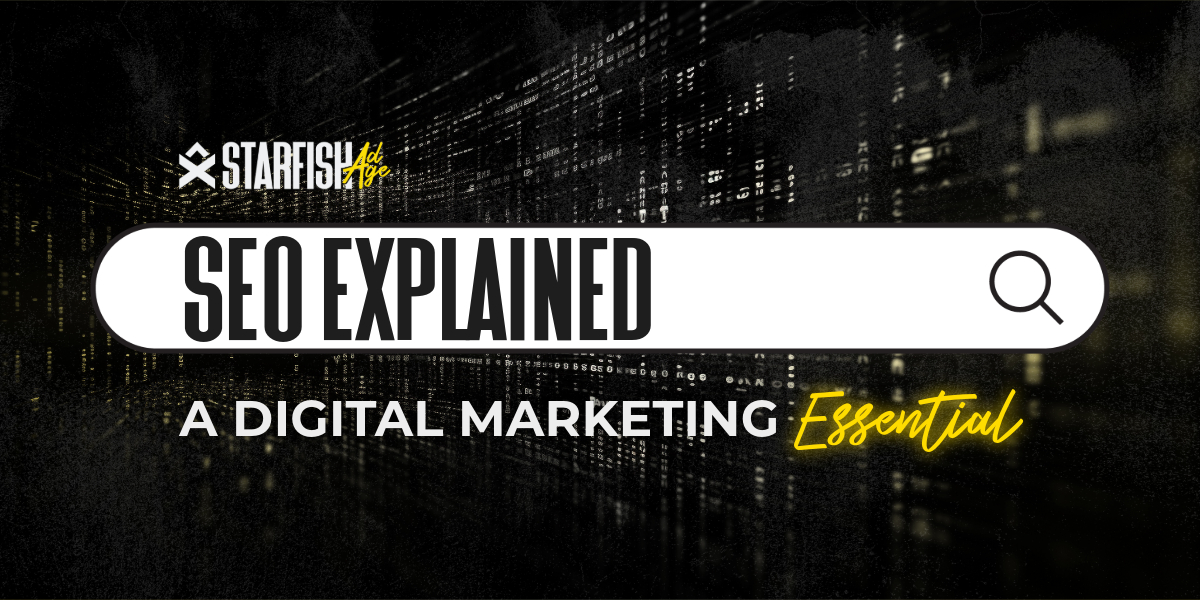
Discover what SEO in digital marketing is and why it matters. Learn how search engine optimization can increase your business’s success.
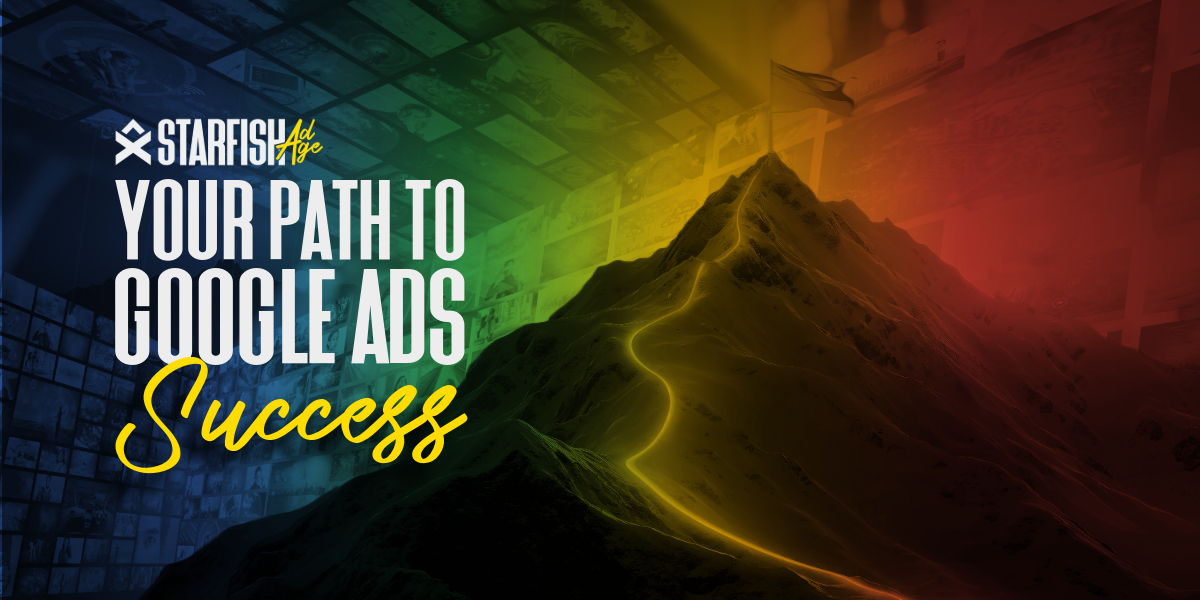
Learn how to advertise on Google effectively. The basics of Google Ads, from setting up your account to targeting your audience and driving qualified traffic.
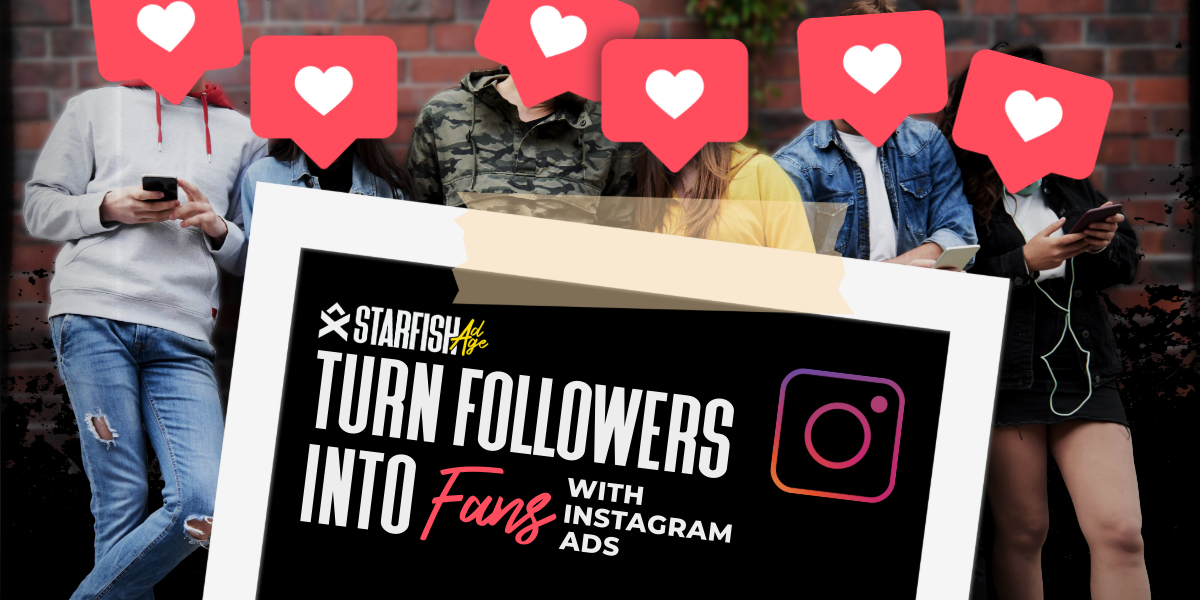
Discover how to advertise on Facebook. Learn about Facebook ad campaigns, targeting options, and ad formats to reach your audience effectively.
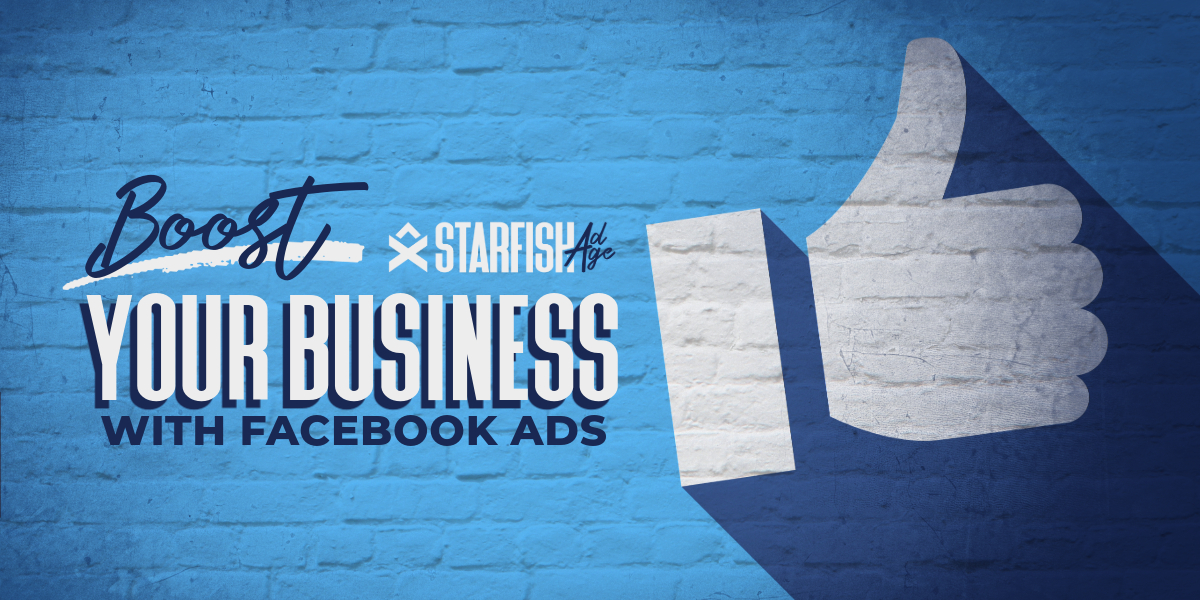
Discover how to advertise on Facebook. Learn about Facebook ad campaigns, targeting options, and ad formats to reach your audience effectively.
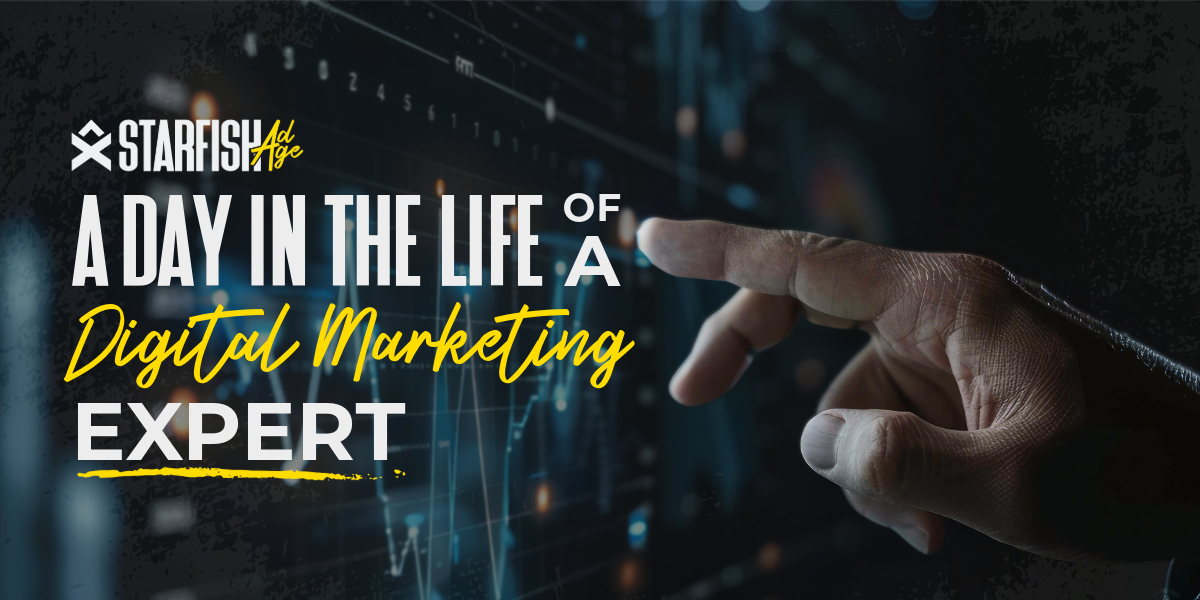
Explore digital marketing essentials for modern businesses. Explore the history, strategies, data-driven targeting, message marketing, and content creation.
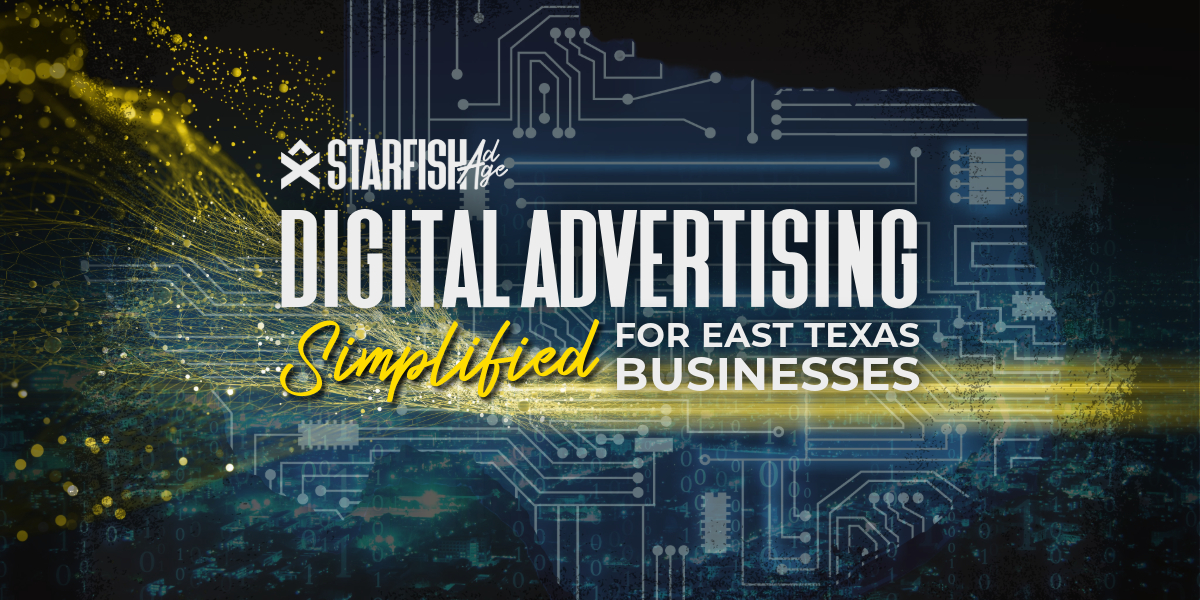
Explore the fundamentals and advanced strategies of how digital advertising works. Learn how to leverage targeted ads, and engage with your audience effectively.

Starfish Ad Age provides tips and strategies for choosing the best advertising platforms to promote your business, ensuring growth and maximizing ROI.

Discover how to get ahead in advertising with effective strategies and insights on how to grow your business in today’s digital environment.
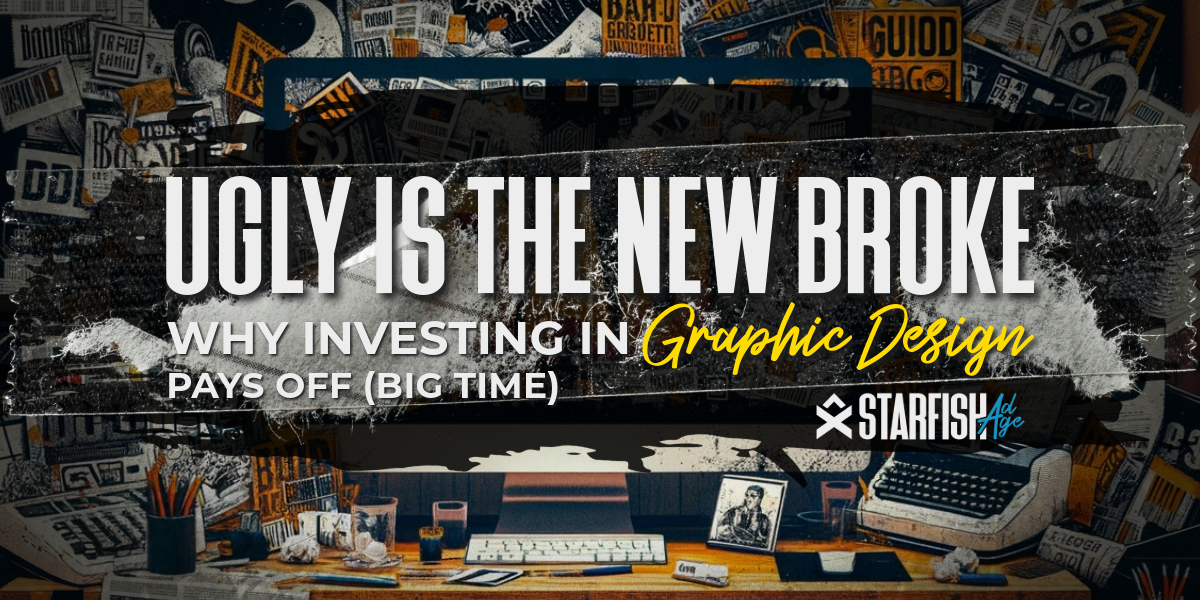
Learn how brand identity, effective logo design, and a cohesive brand strategy can transform your business. Explore essential tips for impactful branding.
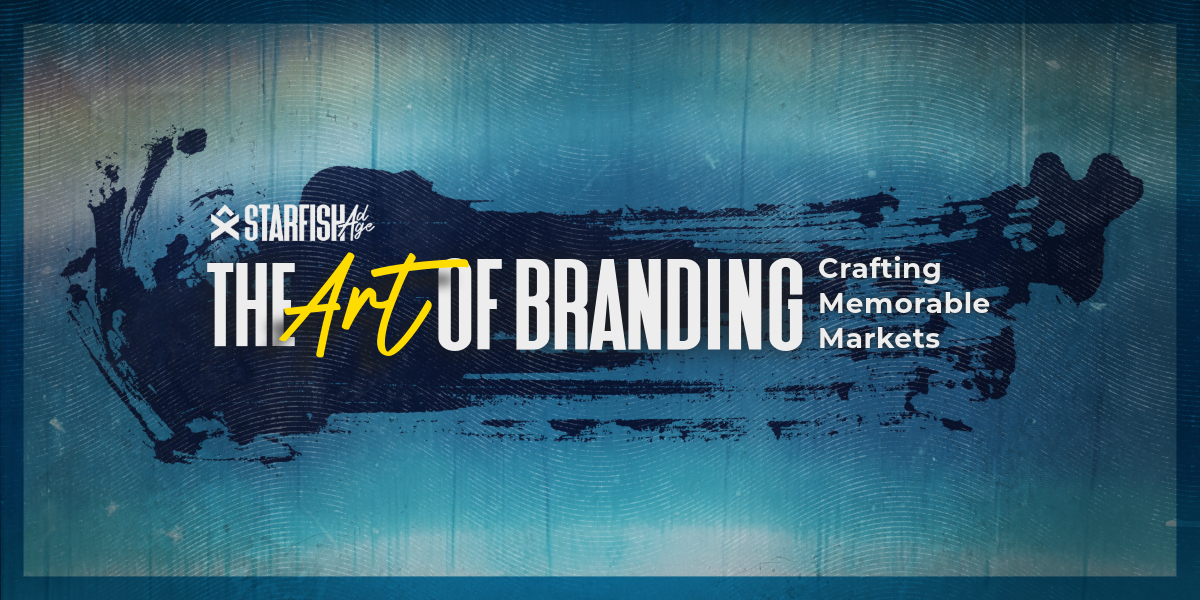
Learn how brand identity, effective logo design, and a cohesive brand strategy can transform your business. Explore essential tips for impactful branding.
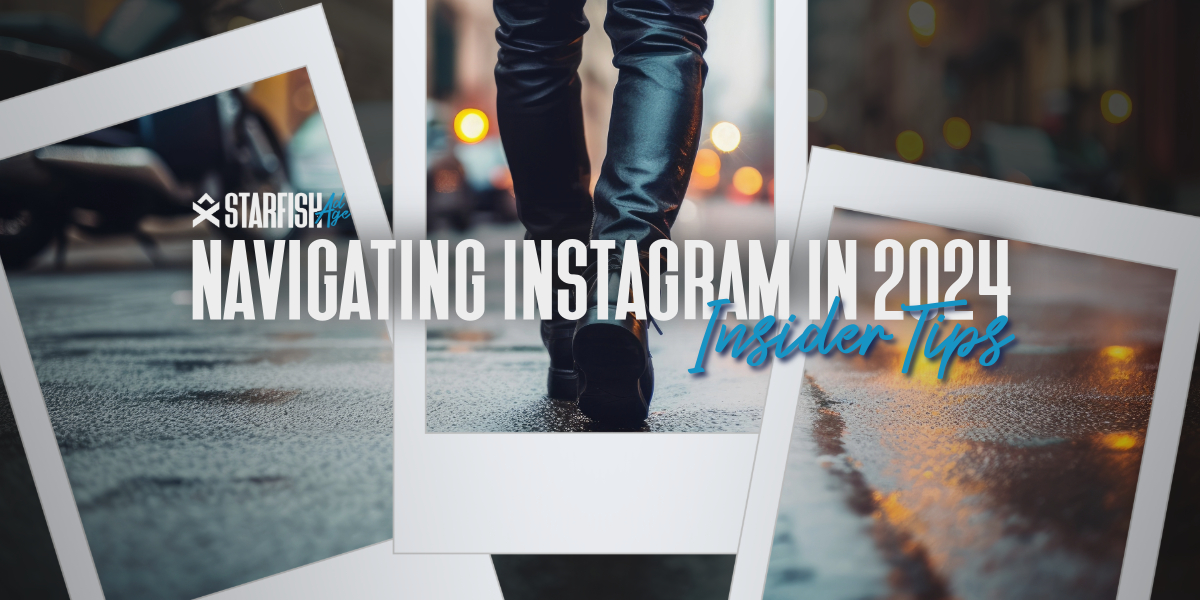
Gain insights from success stories and FAQs to optimize your Instagram strategy and connect with your target audience more effectively than ever before.
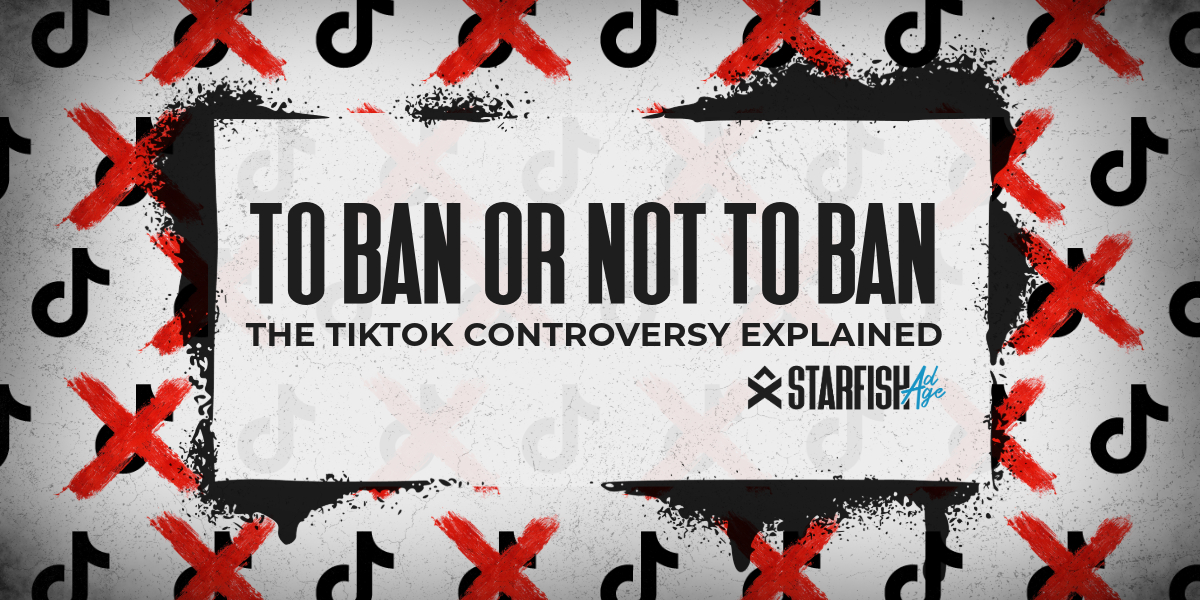
Explore the comprehensive guide to the TikTok ban debate in the U.S., including the rise of TikTok, concerns over privacy and national security, and the implications for users and the broader social media landscape.
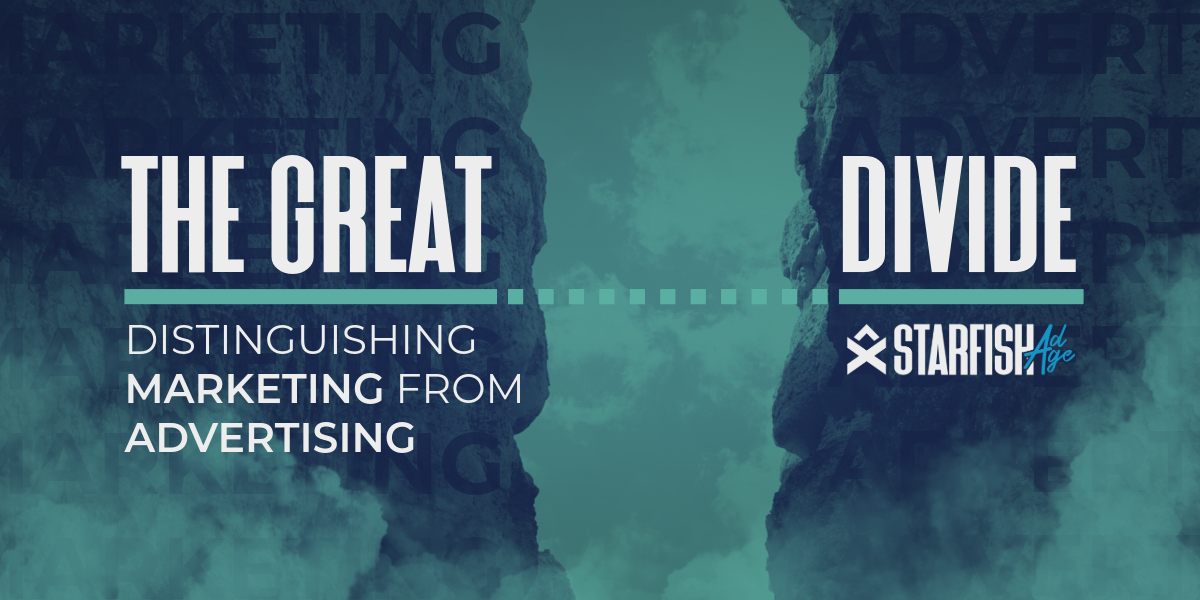
Explore the essential distinctions between marketing and advertising and learn how each plays a unique role in business success.

Discover how social media transforms business promotion, enhancing brand awareness, and driving sales through ads, content, and influencer partnerships.
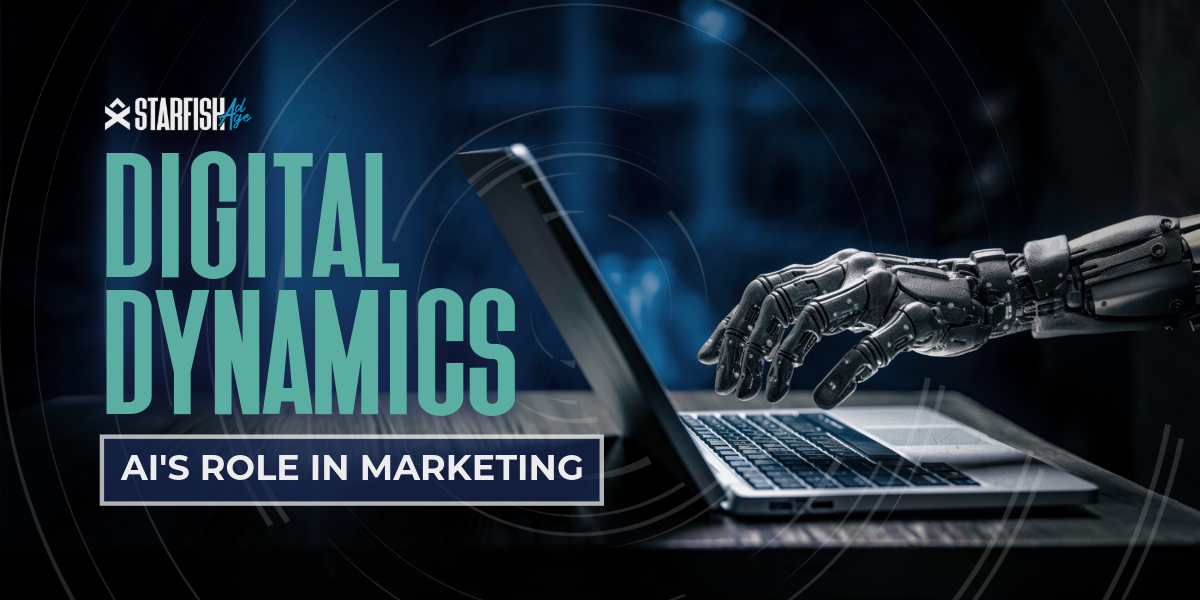
Discover how AI enhances efficiency while human creativity remains essential. Learn what AI can and can’t do, its benefits, challenges, and the future of AI in digital marketing.
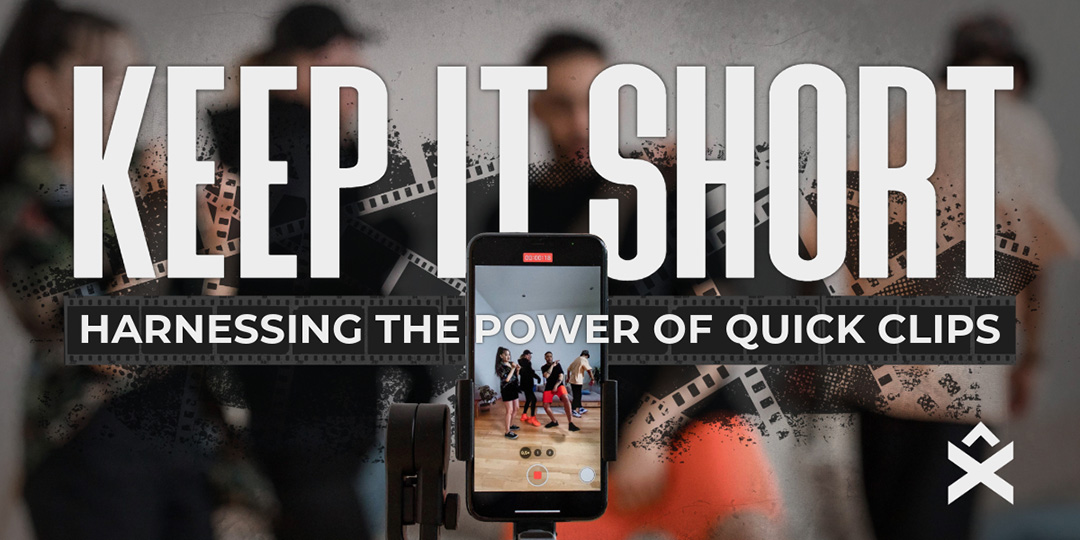
Discover key strategies for East Texas businesses to engage audiences and enhance marketing with short-form videos.
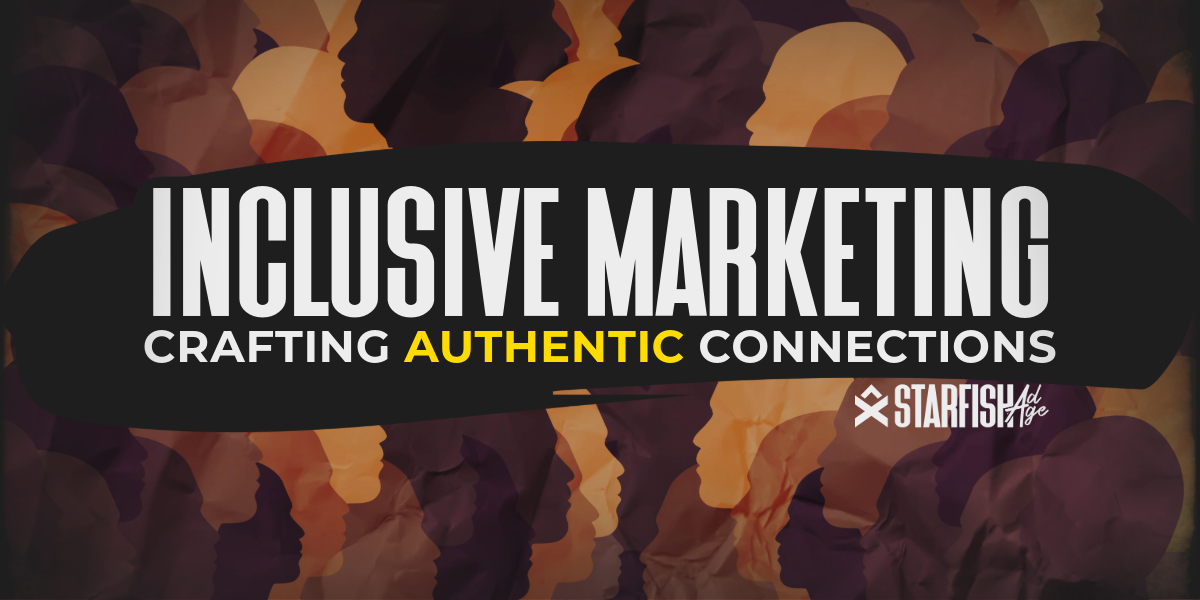
What is inclusive marketing, and how can it transform your brand’s relationship with diverse audiences?

In marketing, the impending demise of third-party cookies is not just a challenge; it’s an opportunity to innovate.
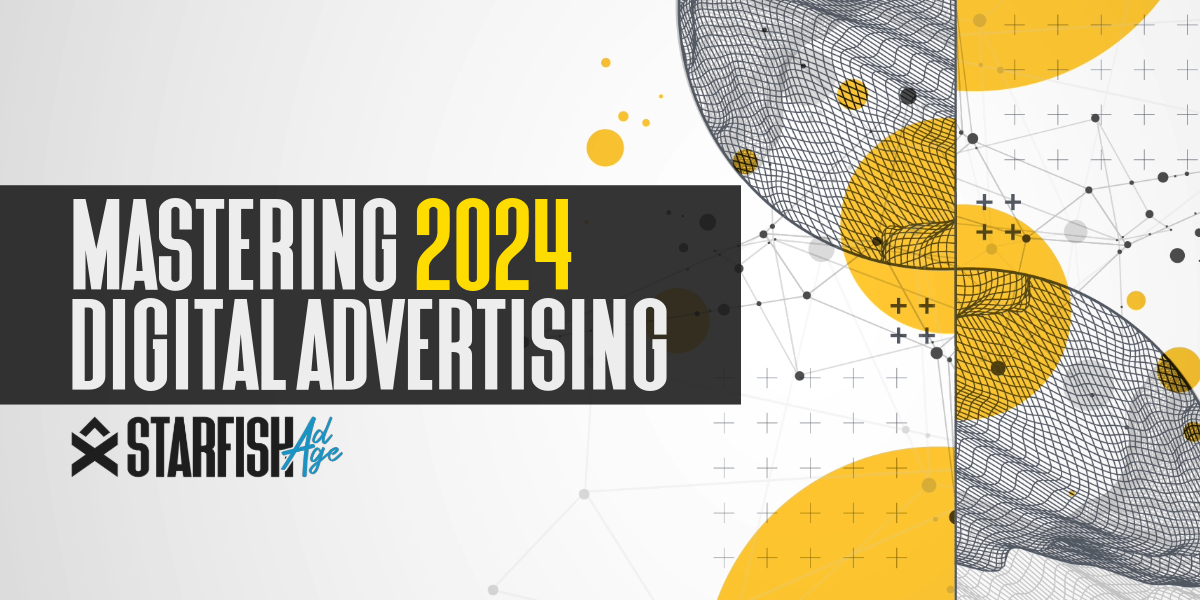
This guide simplifies this complex process and provides a clear roadmap towards becoming proficient in digital advertising.
All Rights Reserved | Starfish Ad Age LLC | 2023 | Privacy Policy